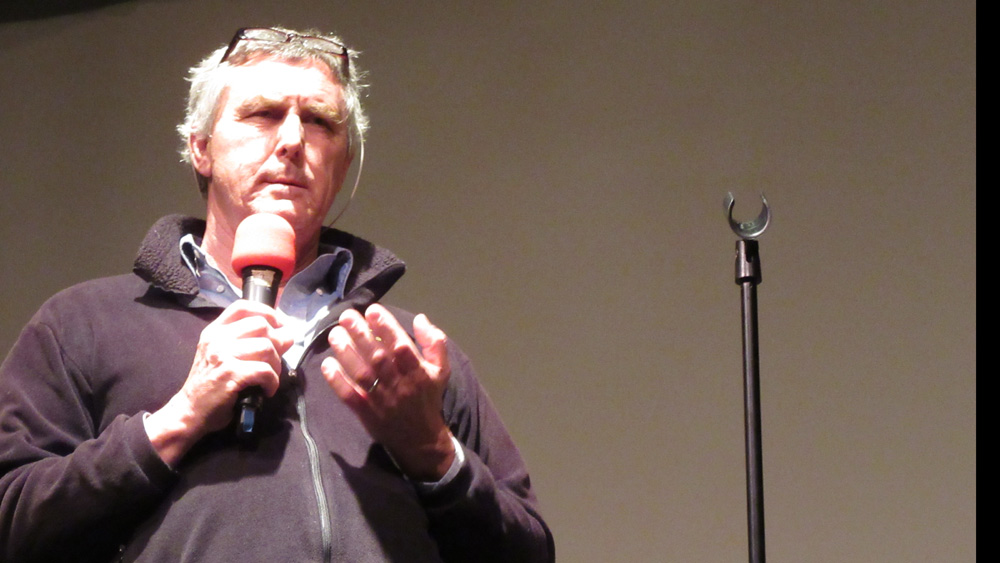I am presenting a lecture seminar on the subject topic this Thursday, tomorrow, 16 Feb 2017 at Newport Yacht Club, Long Wharf in Newport. All are welcome.
This is the presentation overview and the things I will be discussing.
Fiber, fabric, film and fabrication
- What does a sail have to do?
- What is required to do this?
- Background on fibers and their properties
- Weaving 101
- Mylar properties
- Laminates
- Laminated method
- “String sails”
- What’s next?
- What does the weekend sailor make of this?
And thanks to Hood Sailmakers and Dimension Polyant for the cloth samples.
Hood Sailmakers is paving the way by sponsoring the drinks to the tune of the first $150 of drinks served.
This is the email flier that Roy Guay, my host for the evening and the Chairman of the Bermuda 1-2 distributed to the club’s membership.
On 16 February at 1830 the Newport Yacht Club is trying to start a Winter Lecture Series. Our own Joe Cooper will be giving a talk on Sailcloth and Sails: “Separating marketing from facts to get to Value: A discussion of Sailcloth and things to look for and why for various types of sailing. What does “Premium Dacron” really mean? Why every sail maker has “The world’s best sails” What’s the difference? Woven, Laminates, fibers, molded, not molded, a glossary and guide to sail-maker speak.”
If you are in the neighborhood drop on by. All are welcome.
Roy Guay
Offshore Chairman
Hope to see you there.
Cheers
Coop

